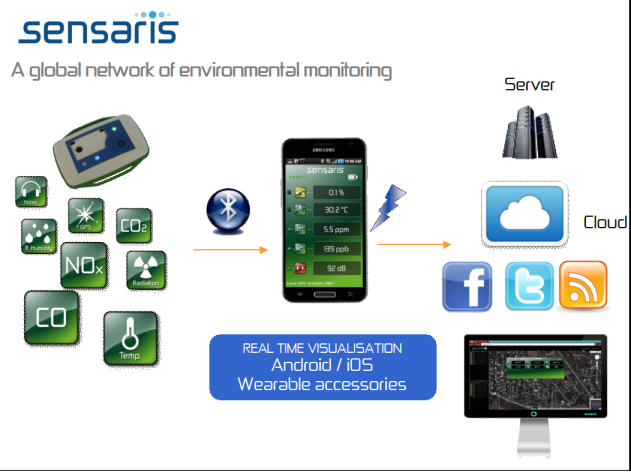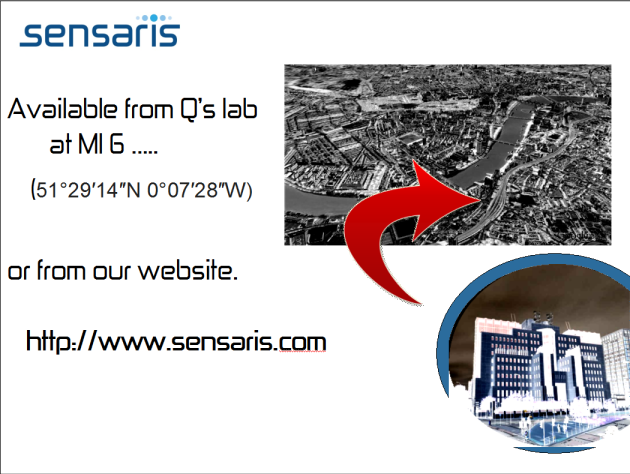News from the OpenSense project in Switzerland:
27.06.11 - Rather than installing stations on fixed towers, why not use mobile sensors spread out over the whole city to get better air quality measurements? OpenSense, a project run by four laboratories at EPFL and one at ETH Zurich, is studying the possibility of installing sensors on the roofs of buses and trams, thus taking advantage of already existing public transport and mobile phone networks. Testing is currently underway in Lausanne.
Measuring air quality using mobile sensors installed on buses, trams and taxis: this is the clever idea being developed in the OpenSense project. Using the data from these sensors, a person with asthma would know what time of day the pollution was at its lowest in the neighborhood, and thus pick this moment do his or her shopping, for example. Parents would know where to take their children to play on a summer day, because they would be aware of zones with low ozone concentrations…
This project, run by four laboratories at EPFL and one at ETH Zurich, is setting up a new infrastructure for measuring air quality that takes advantage of already existing networks, such as the public transport network. Mobile, secure, predictable, and spread out over a given area, buses are an ideal data collection base. The researchers thus have set themselves the tasks of designing climate and traffic-resistant sensors that can be placed on vehicles and organizing the networking of the information they collect, using mobile phones.
“The advantage of a sensor network like this is that you can collect more data in a much more evenly spread-out area than you can from the few fixed pollution measuring stations that are currently being used,” explains EPFL Professor and project leader Karl Aberer.
As a test, a box of sensors was installed on the roof of a bus that is part of the Lausanne Public Transport system and another was installed on a tram in Zurich. These devices are collecting atmospheric data, the presence and quantity of particulates and certain pollutants - ozone (O3), carbon dioxide (CO2), nitrogen dioxide (NO2), nitric acid (NO), sulfur dioxide (SO2), and volatile organic compounds (VOCs).
Towards practical applications
A second important objective of the project is to better involve and inform the public about the quality of the air they’re breathing. In order to more precisely determine the best and most concrete use of the data collected, a complementary study is being done with the Nokia Research Center in Lausanne (NRCL). It could be, for example, a warning service or a smartphone application for people who are more susceptible to variations in pollution levels – children, people with asthma, the elderly, or people with allergies.
Although the idea of the project seems simple, putting it into practice involves overcoming numerous scientific and technical difficulties. “Being able to precisely locate the sensors is very important for the reliability of the data produced,” explains Alcherio Martinoli, one of the four EPFL professors involved in the project. This localization can be done using GPS technologies. For EPFL professor Boi Faltings, head of the Artifical Intelligence Laboratory, it’s also a matter of “getting the sensors to take data only where it’s really useful.”
News Source
Initial project presentation:
Opensense project Overview




